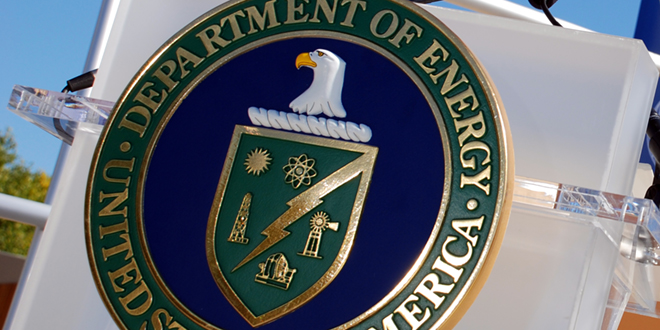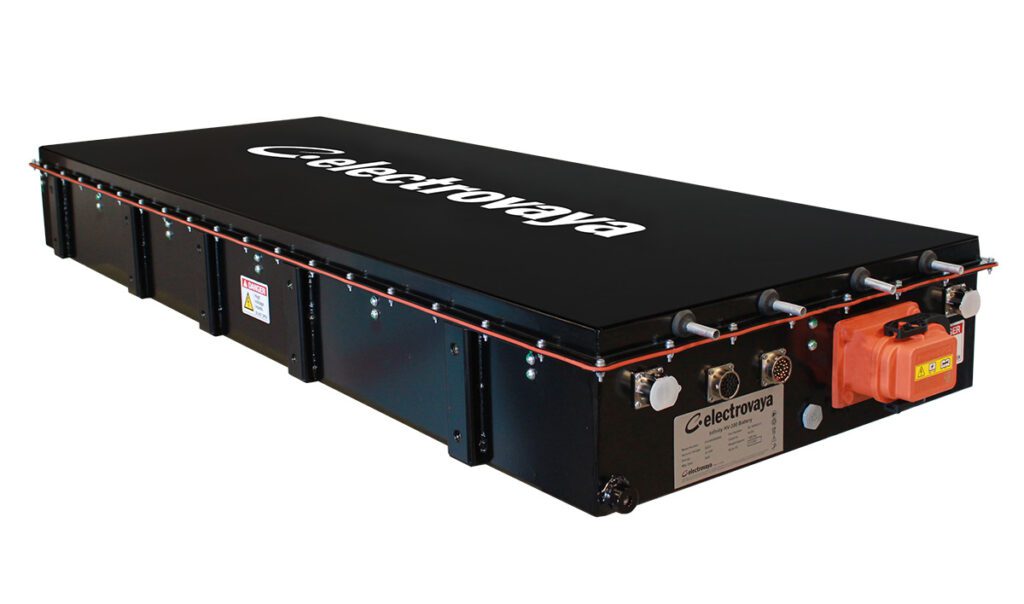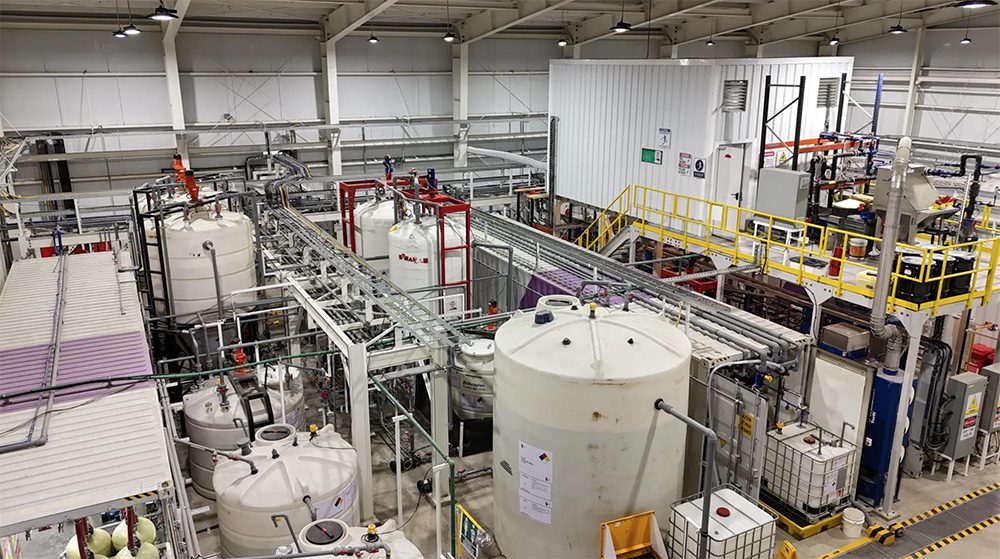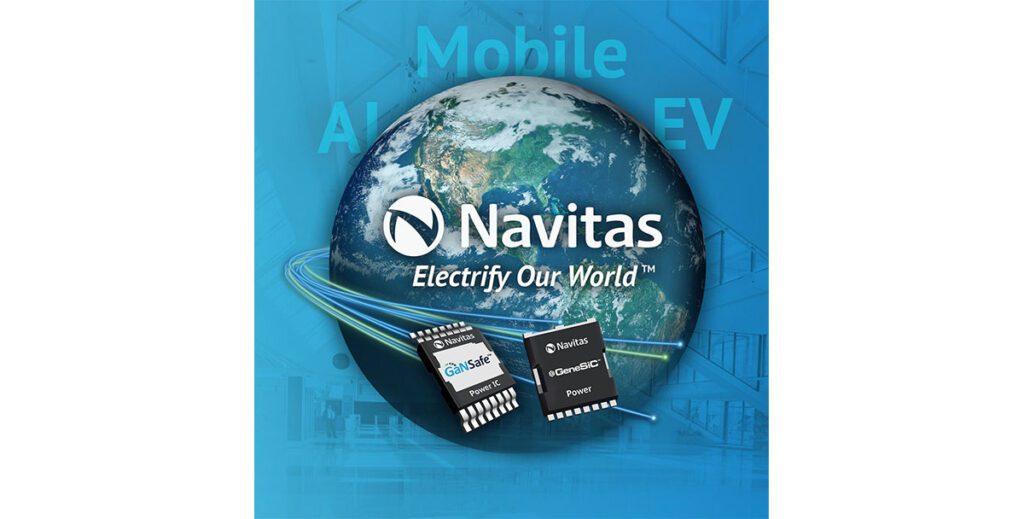The DOE’s Advanced Research Projects Agency – Energy (ARPA-E) has awarded $125 million to 41 energy-related R&D projects under its 2015 OPEN funding program. Two of these have to do with ceramic electrolytes for solid-state EV batteries.
A consortium led by the University of Michigan won $3.5 million for a project called “Transitioning Advanced Ceramic Electrolytes into Manufacturable Solid-State EV Batteries,” which aims to develop new electrode structures and manufacturing techniques to incorporate lithium-conducting ceramic electrolytes into solid-state batteries.
Project leader Jeff Sakamoto has been exploring solid-state batteries for some time. While many researchers feel that new electrolytes must be developed to meet the conductivity threshold required for a breakthrough, Sakamoto believes that existing materials are fine, and what’s really needed is a groundbreaking design and manufacturing process.
“Super-ionic conducting oxide (SCO) electrolytes are a unique subset of ceramic electrolytes that offer numerous benefits in the development of solid-state battery technology,” wrote Sakamoto in his Handbook of Solid State Batteries. “Interestingly, it is not the lack of available state-of-the-art SCOs, rather it is the numerous processing, scaling and integration challenges that have limited the advancement of bulk-scale solid-state battery technology.”
“For example, most oxide ceramics require high temperature processing to bond or sinter components together,” explains Sakamoto. “How the high temperature processing affects reactions with electrodes is a considerable issue. Similarly, maintaining adequate electrolyte/electrode contact area without amplifying chemical reactions is challenging and requires novel cell stack designs and fabrication techniques. In bonding and operating monolithic batteries, mechanical properties are of particular importance since most ceramics are relatively brittle. Lastly, and perhaps most importantly, identifying SCOs with inherent stability against Li or developing technology to enable the use of state-of-the-art SCOs is the key.”
A second award of $3.1 million will go to the glass and ceramic wizards at Corning. In a project entitled “Roll-to-Roll Processing Ceramic Battery Electrolyte,” Corning researchers will develop manufacturing techniques to produce thin ceramic electrolytes, with the goal of enabling solid-state batteries to be produced economically and at high volumes.
Source: ARPA-E via Green Car Congress
Image: International Information Program (IIP) (CC BY-SA 2.0)



















































































